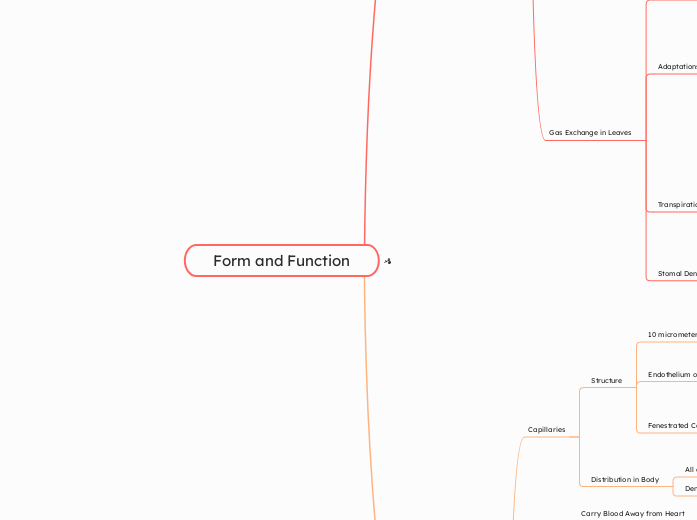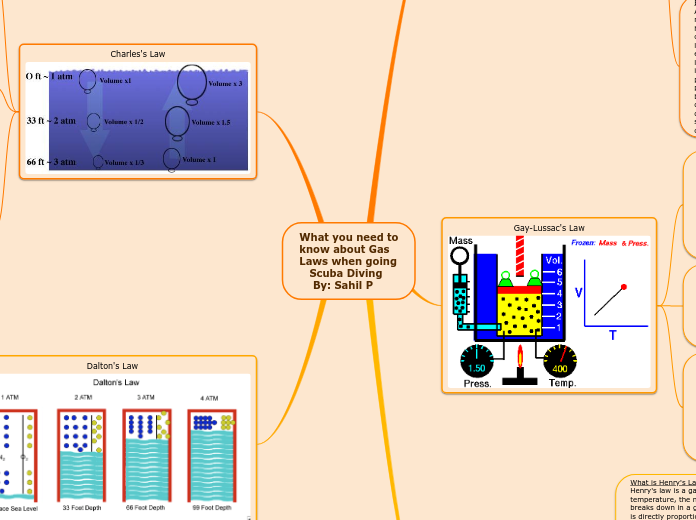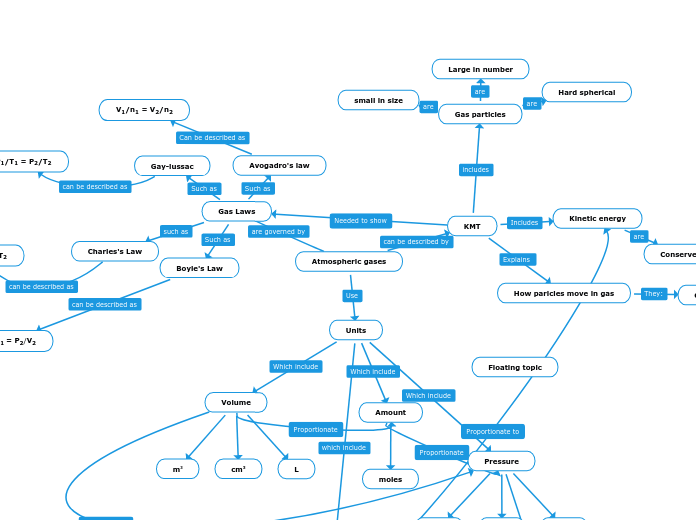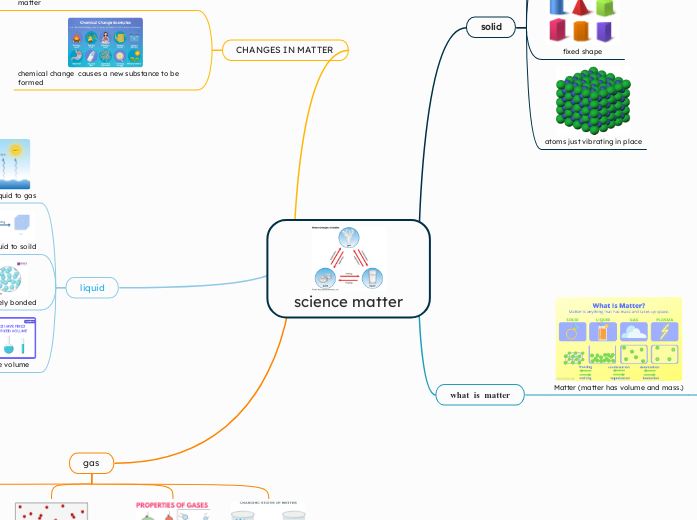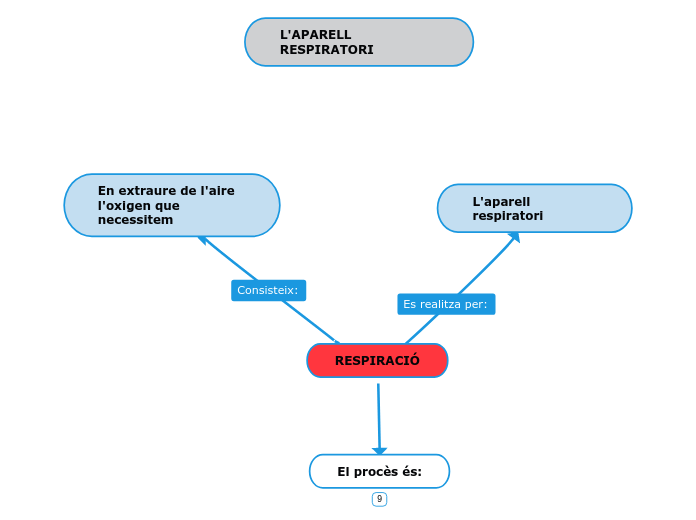Form and Function
Transport
Measuring Pulse
Oxygen Saturation
Red Light Absorption
Wrist
Pulse
Pulse allows us to deduce heart rate
One pulse per beat
Wave of high pressure blood passing along arteries
Veins
Thin walls
Squeezing
Adjacent Muscles
Gravity
Pocket Valves
Low pressure, risk of backflow
Continuous flow, no pulse
Low Pressure Blood
Carry Blood Towards the Heart
Arteries
Semilunar Valves
Close during recoil, preventing backflow of blood to heart
Elastic Fibers
Reduce energy expenditure for blood transport
Store and release potential energy of Heartbeat
Narrow Lumens
High Velocity of Blood Flow
High BP
Layered Wall
Tunica Intima
Smooth Endothelium Lining
Tunica Media
Thick Smooth Muscle with Elastin
Vasodilation
Increases Blood Flow
Vasoconstriction
Reduces Flood Flow
Tunica Externa
Tough Outer Layer with Collagen
High Pressure Blood
Carry Blood Away from Heart
Capillaries
Distribution in Body
Density in tissues depends on needs of cells
All active cells close to a capillary
Structure
Fenestrated Capillaries
Glomerus of Kidney
Large Volume of Tissue Fluid
Large Pores
Endothelium cells
Pores between endothelium cells
Blood plasma, but not RBC
Extracellular fibrous proteins (gel) called basement membrane
Filters out macromolecules
10 micrometers diameter
Gas Exchange
Gas Exchange in Leaves
Stomal Density
Methods
Nail Varnish
Peeling Sample
Number of Stomata Per Unit Area of Leaf
Transpiration
Potometer
Environmental Factors
Humidity
Negative Correlation
Temperature
Positive Correlation
Evaporation in Leaves and Stems
Adaptations
Allowing Gas Exchange
Moist Surface
Spongy Mesophyll
Large Surface Area
Air Spaces Inside Leaf
Stomata
Close During Water Stress
Close at Night
Guard Cells
Avoiding Water Loss
Waxy Cuticle
Low permeability
Chloroplasts
Oxygen Waste
Carbon Dioxide Demand
Mammalian Lungs
Lung Volume
Inspiratory Reserve
Vital Capacity
Tidal Volume
Muscles
Expiration
Volume Decreases, Pressure Increases
Internal Intercostal Muscles
Abdomen Wall
Inspiration
Volume Increases, Pressure Decreases
External Intercostal Muscles
Diaphragm
Differential Air Pressure
Alveoli
Pulmonary Surfactant
Prevents Adhesion
Reduces Surface Tension
300 mil in adult
40 x greater than outer surface
Collagen Fibers
Single Layer Wall
0.2 - 0.5 mm
Alveolar ducts
Bronchioles
Bronchi
Trachea
Concentration Gradient
Ventilation
Capillary System
Gas Exchange Surfaces
Thin
Moist
Large
Permeable
